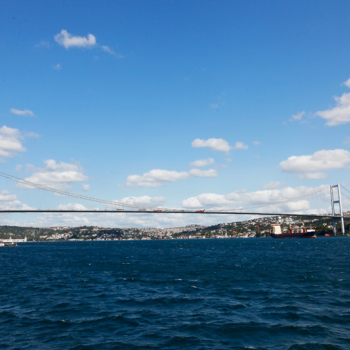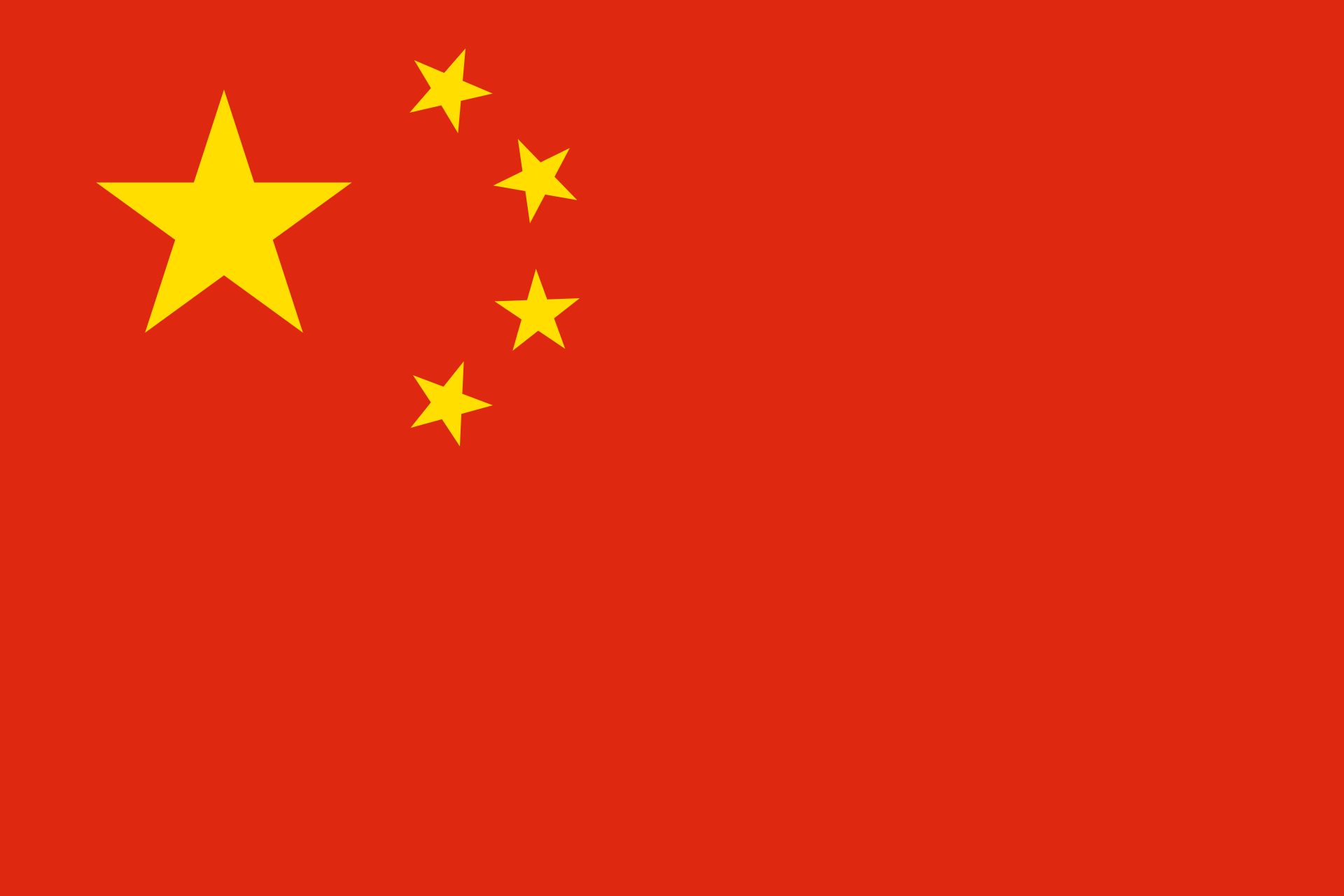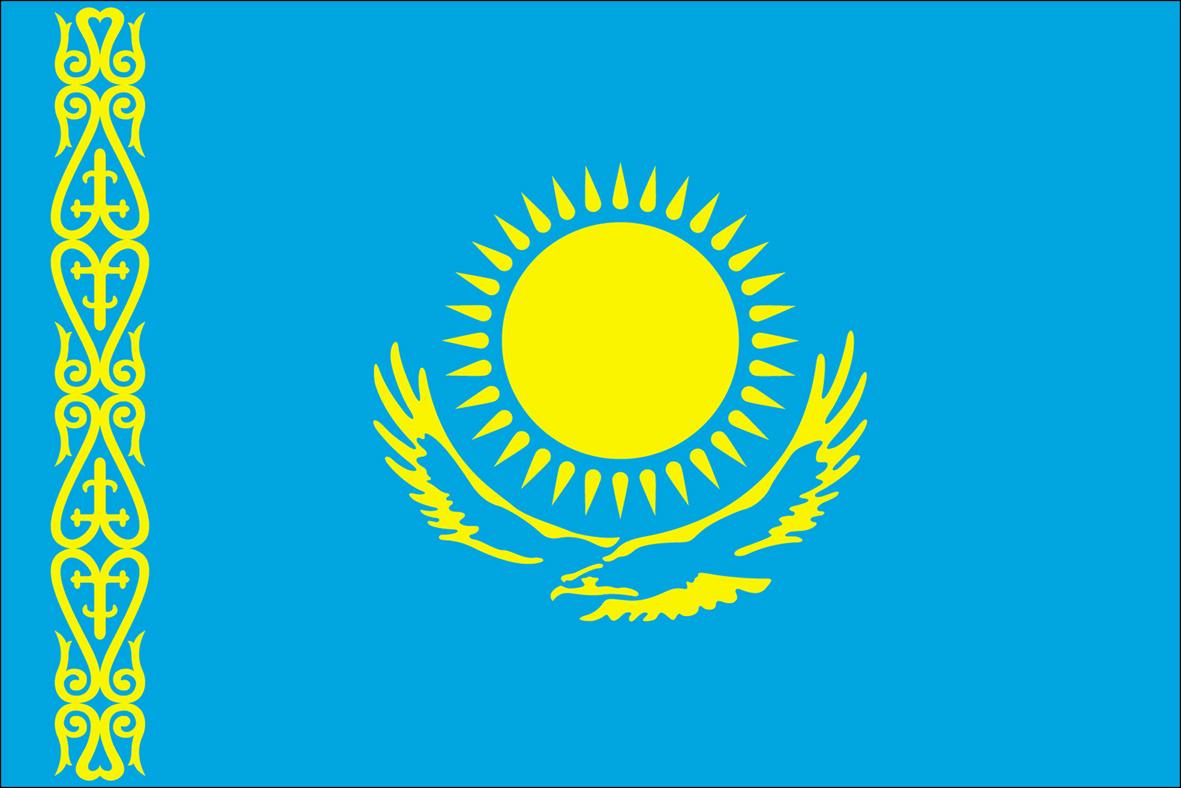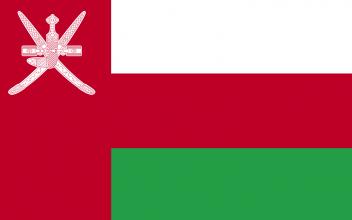Historic Centre of Macao
© Ko Hon Chiu Vincent
Macao, a lucrative port of strategic importance in the development of international trade, was under Portuguese administration from the mid-16th century until 1999, when it came under Chinese sovereignty. With its historic street, residential, religious and public Portuguese and Chinese buildings, the historic centre of Macao provides a unique testimony to the meeting of aesthetic, cultural, architectural and technological influences from East and West. The site also contains a fortress and a lighthouse, the oldest in China.
The Goryeo Daejanggyeong (Goryeo dynasty Tripitaka), known as the “Tripitaka Koreana” to the modern scholarly world, is a Korean collection of the Tripita
The Portuguese Wanli shipwreck of 1625 was discovered six miles off the east coast of Malaysia after pottery appeared in fishermen’s nets in 1998. The ship was found six years later, loaded with blue and white antique Chinese porcelains belonging to the Ming Dynasty, the ruling dynasty of China from 1368 to 1644. The vessel became known as the Wanli shipwreck after the ceramic recovered was found to have been made in the town of Jingdezhen during the reign of Emperor Wanli (1573-1620).
This shipwreck was found in 2003, 400 meters from the shore of Tanjung Simpang Mangayau in the north of Sabah and at a depth of 12 meters. It is likely that the vessel sank over coral rocks, which combined with pounding waves, caused it to immediately break apart.
In the framework of the International Decade for Rapprochement of Cultures (2013-2022) Republic of Kazakhstan with collaboration of UNESCO organised an International Forum on the “Great Silk Roads” from 14th to 16th October 2013 in the city of Almaty, Kazakhstan.









